

Japanese Castles Are So Cool!
Japanese castles look completely different from those in the West.
Have you ever wondered why they were built that way? Or how they’re different from Western-style castles?
In this article, we’ll take a closer look at:
・The key differences between Japanese and Western castles
・Must-visit castle spots in Japan
・Fun activities you can enjoy while visiting these castles
Whether you’re planning a trip or just curious about Japanese history, this guide will give you everything you need—from travel tips to fun facts and conversation starters.
Be sure to read on and discover the world of Japanese castles!
What Makes Japanese Castles Unique? Key Differences from Western Castles

Castles can be found all over the world.
In other words, many different cultures have built castles throughout history.
But Japanese castles are quite different from those in other countries.
In fact, Japanese castles weren’t just royal residences—they were primarily built for military defense.
Unlike many Western castles that served more as palaces or symbols of power, Japanese castles were designed with warfare in mind.
Let’s take a closer look at what makes Japanese castles so unique.
The Key Difference? Combat Power.
One of the biggest differences between Japanese and Western castles is their military function.
In many Western countries, castles are often seen as beautiful royal residences, built to show wealth and power.
In contrast, many Japanese castles were designed primarily for warfare—to defend against enemies and to protect the ruling lord.
Let’s take a closer look at Odawara Castle in Kanagawa Prefecture, one of the most well-fortified and strategically designed castles in Japan.

If you look closely at the outer walls of the castle, you’ll notice small triangular openings.
Behind these openings, samurai warriors would lie in wait.
When enemies approached, they would quietly aim their guns through the holes and fire.
These castles weren’t just places to live—they were fortresses built for battle.
This is one of the major differences between Japanese and Western castles.
Samurai fought every day to protect their lords.
So—how about trying to experience life as a Japanese warrior yourself?
If you’re wondering, “But how can I become a samurai?”, don’t worry!
Check out our past articles on Motenas Japan to learn more.

Many Japanese castles are designated as National Treasures or Important Cultural Properties.
Because of this, entering restricted areas or climbing on stone walls is strictly prohibited by law and may result in penalties.
To enjoy your visit safely and respectfully, we recommend checking the rules and guidelines for visiting Japanese castles in advance.
Like a Ninja? The Hidden Secrets of Japanese Castles
As you can see from the photo we shared earlier, Japanese castles were not just places to live—they were fortresses built for battle.
Many of them are filled with clever tricks and defensive features, almost like something out of a ninja house!
Let’s take a look at some of these fascinating castles that are full of hidden mechanisms and secret designs.
#1 Himeji Castle
The pathways within Himeji Castle are designed like a maze, twisting and turning in unexpected ways.
For invading enemies, this meant getting confused and disoriented, never knowing where the next attack might come from.
This clever layout made it extremely difficult to approach the castle smoothly.

#2 Okayama Castle
At Okayama Castle, the stone steps are intentionally uneven in height, depth, and width.
This clever design made it difficult for enemies to walk smoothly—especially when rushing uphill.
If attackers stumbled or their formation broke apart, it created the perfect opportunity for defenders to strike back.
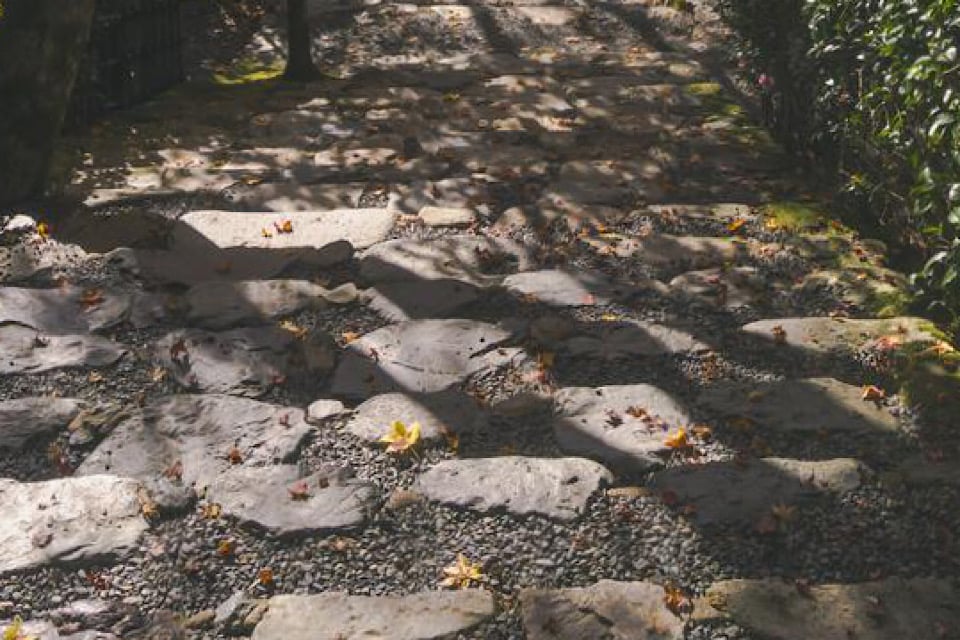
#3 Matsuyama Castle
Take a closer look at the walls of Matsuyama Castle—don’t they seem a little unusual?
That’s because some of the walls are fake. When enemies approached, these “walls” would suddenly open, releasing stones, boiling water, or even gunfire from within.
The surprise attacks would catch intruders off guard, leaving them confused and vulnerable, unable to advance as planned.

Just Stone and Earth? The Secrets of Japanese Castles
With all their battle-ready features and clever traps, you might wonder—how were Japanese castles actually built?
In ancient Japan, there were no modern materials like concrete. Instead, castles were constructed using natural resources such as wood (especially cypress and pine), stone, and plaster. The process began with building sturdy stone foundations, followed by wooden structures like the central keep (tenshu) and gates, and finally finished with white plaster walls.
Building a castle was a massive undertaking. Tens of thousands of craftsmen and laborers were mobilized, and the construction could take up to eight years—for example, from 1601 to 1609.
Despite being made from simple materials, Japanese castles showcased advanced woodworking techniques and architectural ingenuity.
Unfortunately, more than 20 castles were destroyed during World War II. Today, many have been restored or reinforced using modern materials such as concrete and steel, while preservation efforts continue to protect their cultural and historical value.

Japanese castles were packed with clever designs and hidden defenses, built using the most advanced techniques of their time.
Knowing these details makes visiting a castle even more exciting and meaningful.
Once you understand the thought and skill behind each structure, you’ll start to see Japanese castles not just as beautiful buildings—but as brilliant works of strategy and craftsmanship.
Top 10 Must-See Castles in Japan
In recent years, more and more international travelers have shown a strong interest in Japanese castles.
The keyword “castle” now receives over 100,000 to 1 million searches, with iconic sites like Osaka Castle, Nijo Castle, and Himeji Castle in the Kansai region being among the most searched.
With this growing fascination, there’s no better time to visit a real Japanese castle and share its charm with your friends and family!
In this article, we’ve carefully selected 10 incredible castles in Japan—perfect for those who want to discover both famous landmarks and hidden gems off the beaten path.
Whether you’re looking for a cultural adventure or just a stunning photo spot, these castles are sure to leave you inspired.
Hokkaido|Matsumae Castle

Matsumae Castle is the only remaining traditional Japanese-style castle in Hokkaido, beautifully preserving the elegance of Edo-period architecture.
Once the political and cultural center of the Matsumae Domain, it also played a crucial role as a northern defense outpost.
In spring, the castle grounds become a famous cherry blossom viewing spot, attracting many visitors.
Inside the castle museum, you can explore exhibits on Ainu culture and artifacts from the Edo period, making it a must-visit for history enthusiasts.
Surrounded by both sea and mountains, Matsumae Castle offers stunning views and a chance to experience Hokkaido’s majestic natural beauty.
Address: 144 Aza-Matsushiro, Matsumae-cho, Matsumae-gun, Hokkaido, Japan
Access: 90 minutes by bus from JR Kikonai Station
Phone number: 0139-42-2216
Hours: 9:00-17:00 (last admission at 16:30)
Closed: Winter (December – March)
Admission: Adults 360 yen, Junior high school students and younger 240 yen
Hirosaki Castle
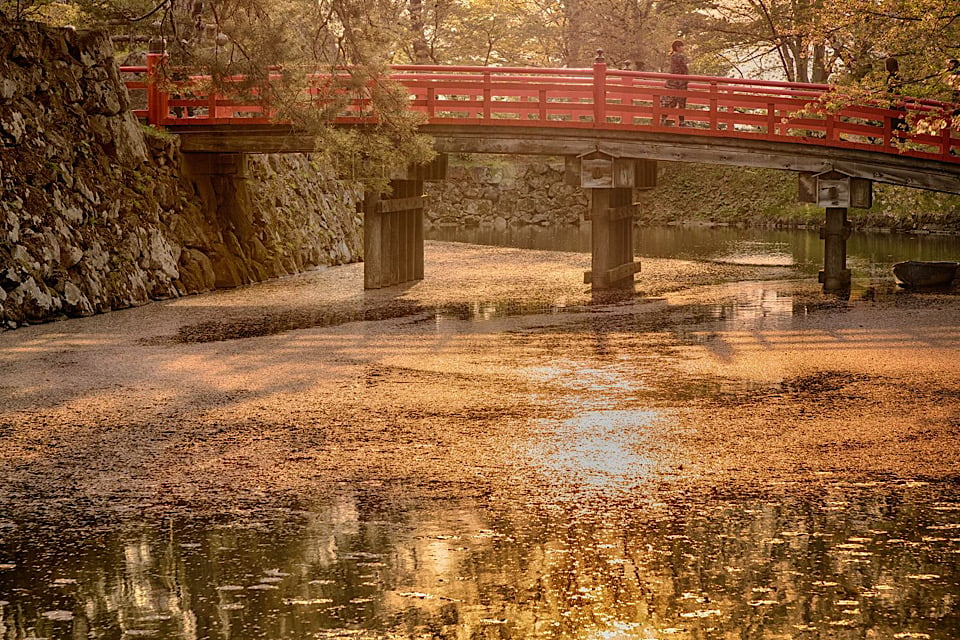
Hirosaki Castle, located in Hirosaki City, Aomori Prefecture, is one of Japan’s most famous cherry blossom spots, with around 2,600 cherry trees coloring the castle grounds each spring.
The castle’s original keep, built during the Edo period, is the only surviving one in the Tohoku region, making it highly valuable historically.
The surrounding Hirosaki Park blends beautifully with the castle, offering stunning scenery throughout the year—especially during autumn’s vibrant foliage and winter’s snowy landscapes.
Inside the castle, exhibits display materials from the feudal era and samurai armor, making it a great destination for history lovers.
Visitors can also enjoy strolling through the nearby streets rich in Tsugaru culture and the unique blend of Japanese and Western architecture.
Hirosaki Castle is a place where culture and nature come together to create a truly enchanting experience.
Address: Shimoshiragin-cho, Hirosaki-shi, Aomori (in Hirosaki Park)
Access: 15 min. by bus from JR Hirosaki Stn. to Shiyakusho-mae bus stop, 5 min. walk.
Phone number: 0172-33-8733
Hours: 9:00-17:00 (7:00-21:00 during the Cherry Blossom Festival)
Closed: Depends on each area
Admission: Adults 320 yen, children 100 yen (Honmaru and Kitanokaku only)
Sendai Castle
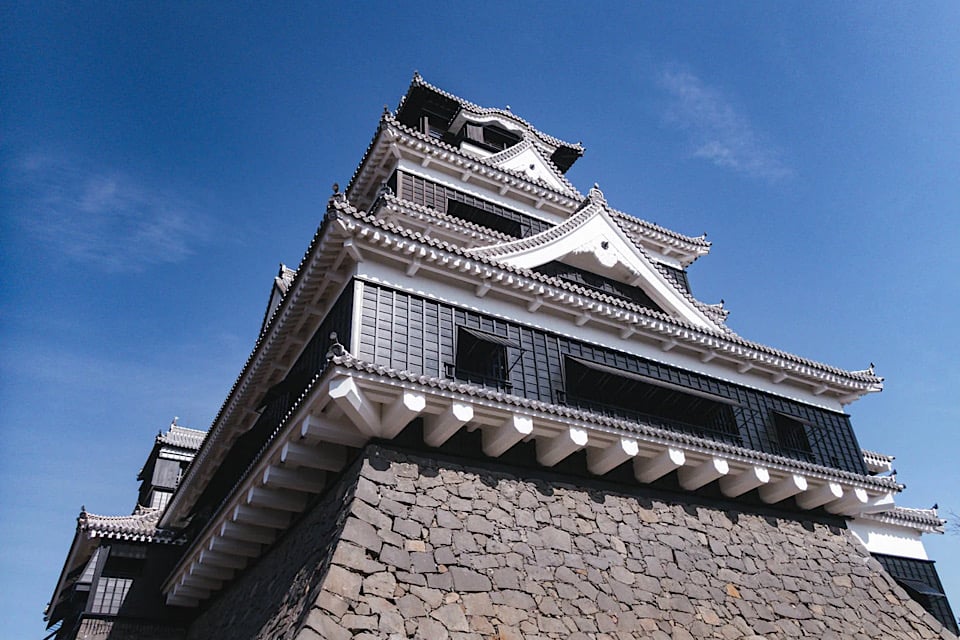
Sendai Castle (Aoba Castle), built by the famous daimyo Date Masamune, is located on Aobayama Hill overlooking the center of Sendai City.
Although the original main keep no longer remains, the stone walls and gate ruins are well preserved, allowing visitors to feel the atmosphere of history.
From the observation deck where Date Masamune’s iconic horseback statue stands, you can enjoy breathtaking panoramic views of Sendai city and the Pacific Ocean.
The Aoba Castle Museum showcases the history of the Date family, along with samurai armor and cultural artifacts.
The castle grounds are also famous for cherry blossoms in spring and colorful autumn leaves, offering seasonal natural beauty.
With easy access from the city center, Sendai Castle is a perfect spot to experience both history and nature.
Address: 1 Kawauchi, Aoba-ku, Sendai City, Miyagi Prefecture
Access: 20-minute walk from Kokusai Center Station on the Subway Tozai Line
Phone number: 022-214-8544
Hours: Always open (varies by facility)
Closed: None
Admission: Free (varies by facility)
Nihonmatsu Castle
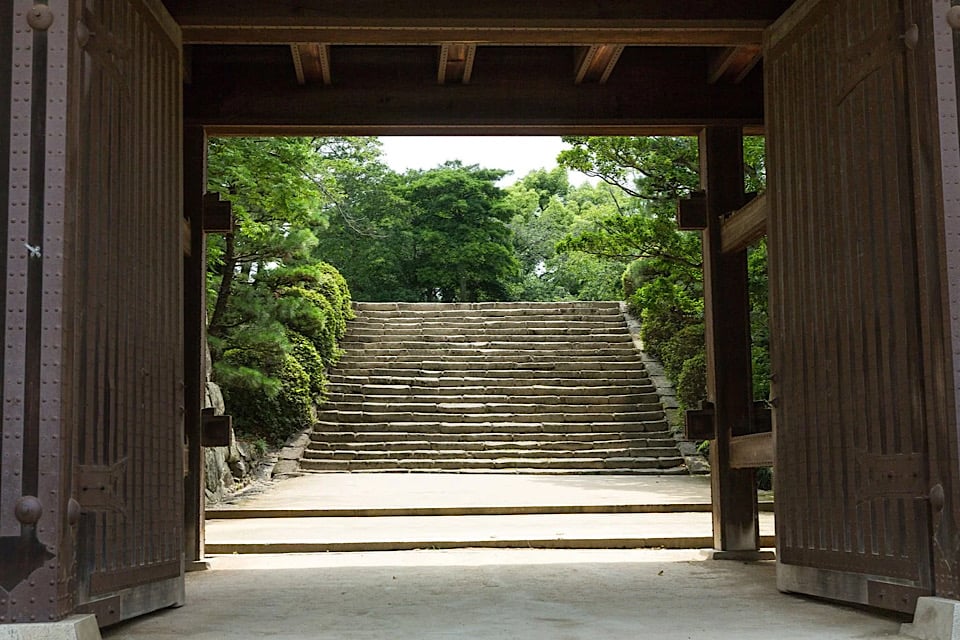
Nihonmatsu Castle (Kasumigajo) is a mountain castle located in Nihonmatsu City, Fukushima Prefecture, known for its beautiful stone walls and harmonious natural surroundings.
Especially during spring’s cherry blossom season and autumn’s colorful foliage, it attracts many visitors and is recognized as one of Japan’s “Top 100 Cherry Blossom Spots.”
With a history dating back to the Sengoku period, the castle is also famous as the battleground where the young soldiers of the Nihonmatsu Youth Corps fought during the Boshin War.
Today, the castle ruins have been developed into a park, offering panoramic views of Nihonmatsu town from the main keep’s foundation.
The site also features a museum and restored gates, allowing visitors to experience history firsthand.
Surrounded by nature, Nihonmatsu Castle is a peaceful place to enjoy both historical atmosphere and tranquil beauty.
Address: Kakuuchi 3-chome, Nihonmatsu City, Fukushima Prefecture
Access: 20 min. walk from JR Nihonmatsu Station
Phone number: 0243-23-1111
Opening hours: Always open
Closed: None
Admission: Free
Matsumoto Castle
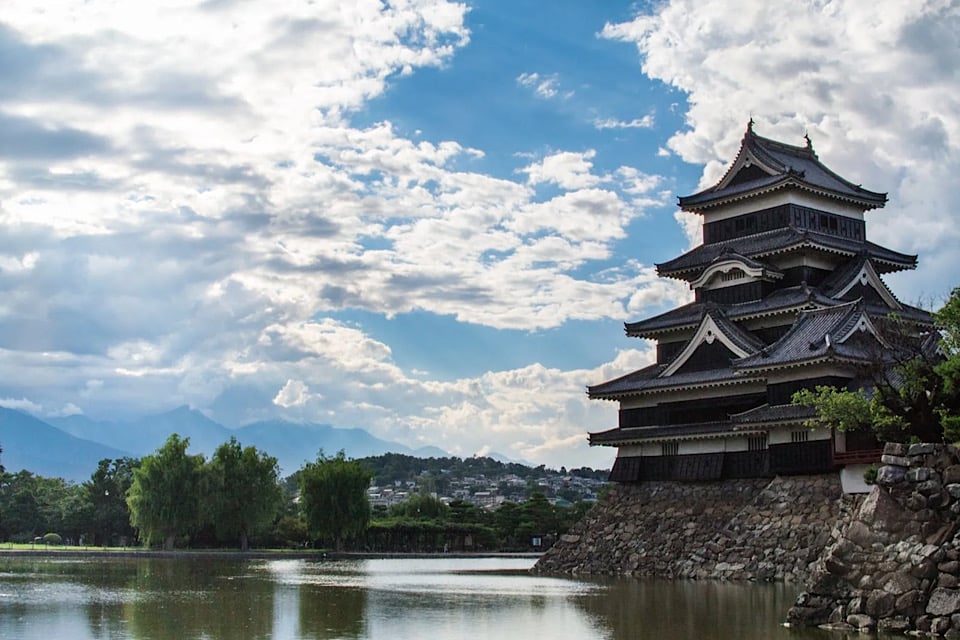
Matsumoto Castle, located in Matsumoto City, Nagano Prefecture, is one of Japan’s oldest castles featuring a six-story, five-tiered main keep. It is also counted among Japan’s “Five National Treasure Castles.”
Known as the “Crow Castle” due to its striking black exterior, it exudes the powerful atmosphere of the Sengoku period.
Set against the backdrop of the Northern Japan Alps, the castle’s appearance changes beautifully with the seasons—especially stunning are the cherry blossoms in spring and the snow-covered scenery in winter.
Inside, visitors can explore the original architecture and samurai armor, making it a favorite destination for history enthusiasts.
Conveniently located near the city center, Matsumoto Castle is easily accessible and a must-visit historical landmark.
Address: 4-1 Marunouchi, Matsumoto City, Nagano Prefecture
Access: 15 min. walk from JR Matsumoto Station
Phone number: 0263-32-2902
Hours: 8:30-17:00 (last admission at 16:30)
Closed: December 29 – 31
Admission: Adults 700 yen, Elementary and junior high school students 300 yen
Hikone Castle

Hikone Castle, located in Hikone City, Shiga Prefecture, is a designated National Treasure featuring a beautifully preserved main keep built in the early Edo period.
Situated on the shores of Lake Biwa, the castle is famous for its striking contrast of white walls and black roof tiles, earning it the nickname “White Heron Castle.”
From within the castle, visitors can enjoy panoramic views of Lake Biwa and the surrounding townscape, with scenic changes throughout the seasons.
The adjacent Genkyuen Garden complements the castle perfectly, making it a popular spot for photography.
The castle is also home to the beloved official mascot, Hikonyan, who warmly welcomes tourists.
Combining rich history, stunning views, and a friendly atmosphere, Hikone Castle is a must-see destination.
Address: 1-1 Kinkame-cho, Hikone City, Shiga Prefecture
Access: 15 min. walk from JR Hikone Station
Phone number: 0749-22-2742
Hours: 8:30-17:00 (last admission at 16:30)
Closed: None
Admission: Adults 800 yen, Elementary and junior high school students 200 yen
Himeji Castle

Himeji Castle, also known as the “White Heron Castle” for its stunning white walls, is one of Japan’s most famous and beautiful castles.
Designated as a World Heritage Site and a National Treasure, it represents the pinnacle of Japanese castle architecture.
Centered around its majestic main keep, the castle features a complex design filled with ingenious defensive measures to prevent enemy intrusion.
Remarkably well-preserved, Himeji Castle retains much of its original form from when it was first built.
Surrounded by cherry blossoms in spring and vibrant autumn leaves, the castle offers spectacular seasonal views.
Often called the “Castle of Peace and Immortality” because it escaped major wartime destruction, nearly 100 buildings remain intact on the grounds.
A perfect harmony of history and beauty, Himeji Castle truly stands as a national treasure of Japan.
Address: 68 Honmachi, Himeji City, Hyogo Prefecture
Access: 20 min. walk from JR Himeji Station
Phone number: 079-285-1146
Hours: 9:00-17:00 (last admission 16:00)
Closed: December 29 and 30
Admission: Adults 1,000 yen, Elementary and junior high school students 300 yen
Osaka Castle
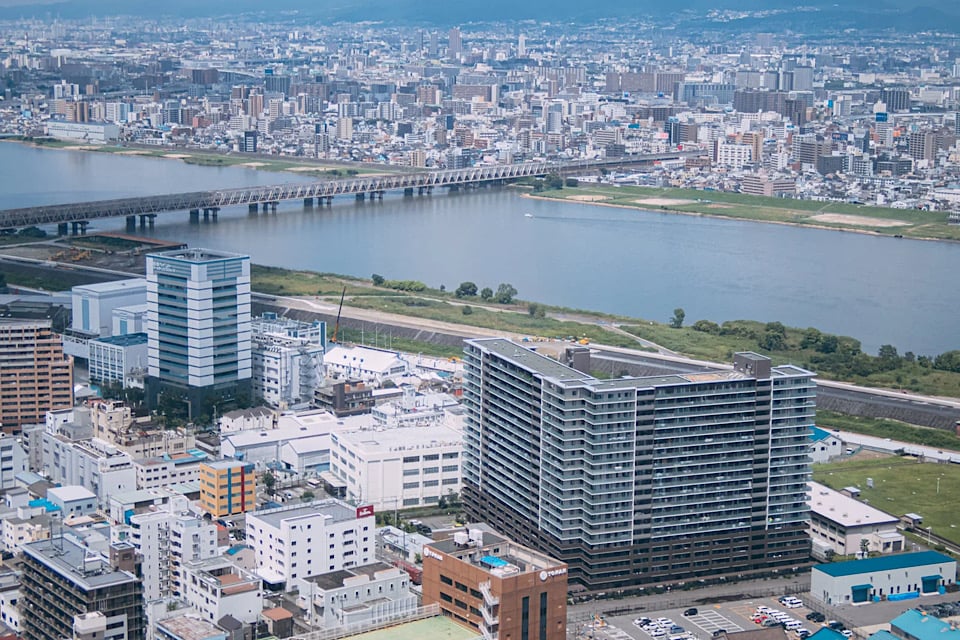
Osaka Castle, a historic landmark built by Toyotomi Hideyoshi, features a towering main keep that offers a breathtaking panoramic view of Osaka city.
In spring, the castle grounds are adorned with blooming cherry blossoms, attracting many visitors for hanami (flower viewing).
The castle museum inside displays armor and artifacts from the Sengoku period, making it a fascinating destination for history enthusiasts.
The beautifully preserved stone walls and surrounding moats add to the scenic charm, making it an ideal spot for leisurely strolls.
Address: 1-1-1 Osaka-jo, Chuo-ku, Osaka-shi, Osaka
Access: 10 min. walk from JR Osaka-jo Koen Stn.
Phone number: 06-6941-3044
Hours: 9:00-17:00 (last admission at 16:30)
Closed: December 28 – January 1
Admission: Adults 600 yen, Free for junior high school students and younger
Nijo Castle
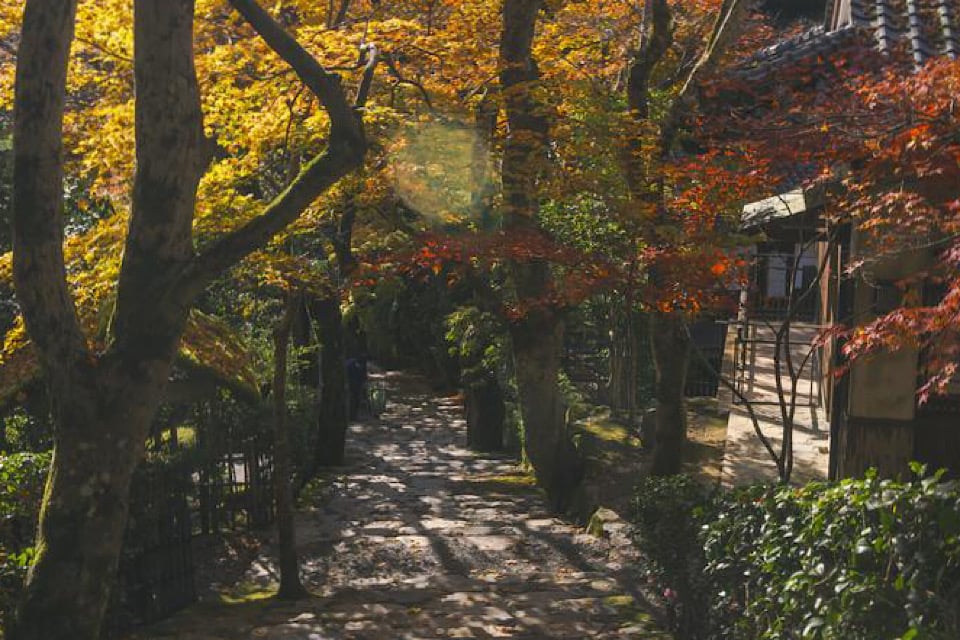
Nijo Castle symbolizes the beginning of the Edo Shogunate and was built by Tokugawa Ieyasu.
Its Ninomaru Palace is a highlight, famous for its lavish sliding door paintings and the “crying dragon” ceiling, offering a unique glimpse into samurai culture of the era.
Registered as a World Heritage Site, Nijo Castle holds great historical significance.
The gardens surrounding the castle display beautiful seasonal changes, providing a peaceful place to relax and reflect.
Visitors can experience a serene Kyoto atmosphere while stepping back in time to Japan’s samurai past.
Address: 541 Nijojo-machi, Nijo-dori Horikawa-nishiiru, Nakagyo-ku, Kyoto-shi, Kyoto
Access: A short walk from Nijojo-mae Sta. on the Subway Tozai Line
Phone number: 075-841-0096
Hours: 8:45-17:00 (last entry at 16:00)
Closed: December 29-31
Admission: Adults 1,300 yen, junior high and high school students 400 yen, elementary school students 300 yen
Okinawa|Shuri Castle
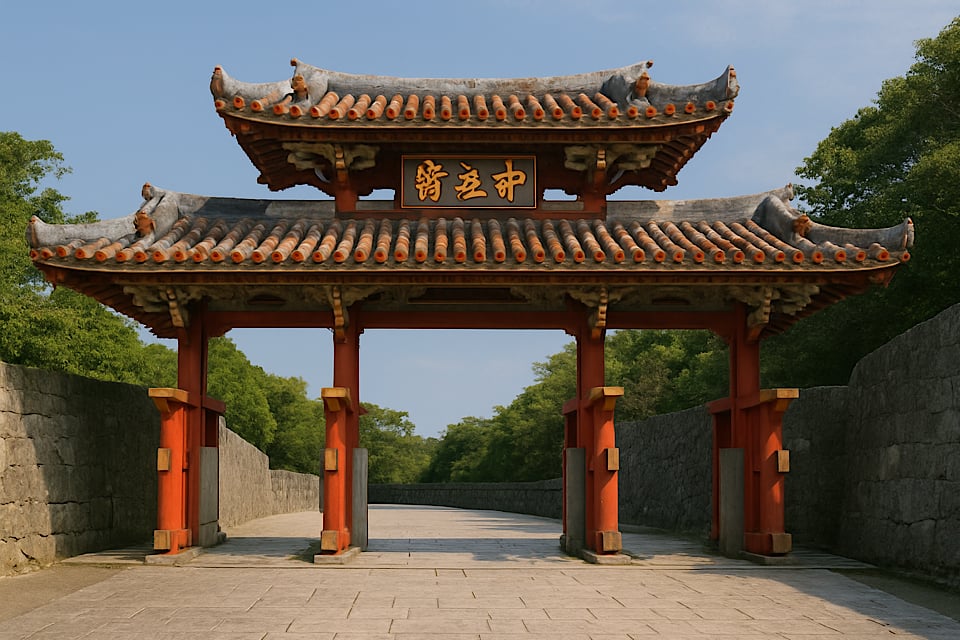
Shuri Castle was the symbol of the Ryukyu Kingdom and is renowned for its unique architectural style.
The castle served as the political and cultural center of the Ryukyu Kingdom for about 450 years.
In 2019, a fire destroyed the main hall and several other structures, but restoration efforts are currently underway with a theme of “visible reconstruction.”
Visitors can join guided tours (available for a fee) within the grounds to learn deeply about the history and culture from expert guides.
Address: 1-2 Shuri Kinjo-cho, Naha City, Okinawa, Japan
Access: 15 min. walk from “Shuri Station” of Yui Rail
Phone number: 098-886-2020 (Shurijo Park Management Center)
Hours of operation (fee-based areas):
April-June, October-November: 8:30-19:00 (last admission 18:30)
July-September: 8:30-20:00 (last admission 19:30)
December-March: 8:30-18:00 (last admission 17:30)
*Free areas open at 8:00; closing hours vary depending on season
Closed: Open daily (except for the fee-based areas and Shuri Mokan, which are closed on the first Wednesday and Thursday of July)
Admission: Adults 400 yen, High school students 300 yen, Elementary/junior high school students 160 yen, Children under 6 free
Official Site
Experience Life in a Castle — A Special Stay Fit for a King
Just admiring beautiful castles is already captivating, but why not take it a step further and actually stay in one? Live like a king or lord, savor delicious meals in a historic castle keep, and immerse yourself in a timeless experience.
Here, we have carefully selected three exclusive accommodation plans that offer this once-in-a-lifetime opportunity.
Enjoy a luxurious moment beyond time in an extraordinary setting.
#1 Ozu Castle (Ehime Prefecture)
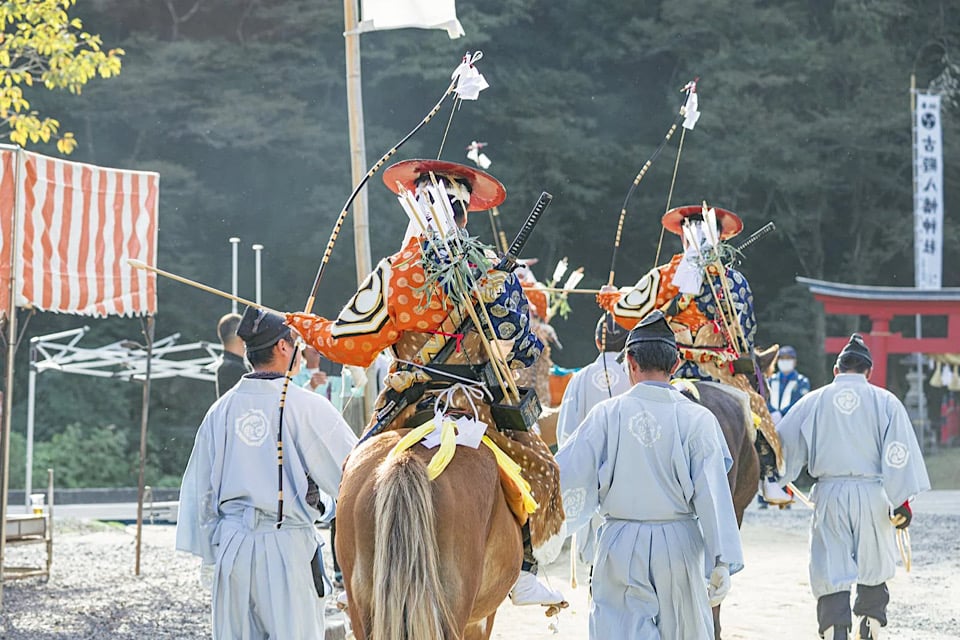
First, let me introduce Ōzu Castle in Ehime Prefecture, known as the “Miraculous Castle,” faithfully restored in wood. Here, you can experience the “Ōzu Castle Castle Stay,” where you have exclusive access to the main keep and the turret, an important cultural property, for an overnight stay.
Upon entering the castle, the scene of Lord Sadayasu Katō’s arrival is reenacted, and guests are appointed as castle lords for one day. The experience begins with a welcoming procession of banner bearers and a firing squad. Dinner is a luxurious meal reproducing the cuisine of the period, accompanied by local sake under the moonlight. At night, you sleep in the fully restored main keep, and breakfast is served at Garyū Sansō, making this a truly lavish plan.
The price starts at 1.1 million yen per night for two guests, which is expensive, but it is highly praised as a once-in-a-lifetime experience. This special stay is perfect for those who want to feel like a lord.
Address: 903 Ozu, Ozu City, Ehime Prefecture
Access: Train: 25 min. walk from JR Iyo-Ozu Station
Car: 5 min. from Ozu Minami IC on Matsuyama Expressway (Ozu Road)
Phone number: not listed (*Reservations are made through the official website)
Price: 2 days 1 night 2 persons use – (1 breakfast and 1 dinner) from 550,000 yen per person (tax included)
For more than 3 persons, additional 110,000 yen per person (tax included)
*Only seasonal reception except August and December-February due to the fully restored wooden keep.
*Only one group per day, limited to 30 groups per year.
*Nightly stay dates on request.
How to make a reservation: official website.
#2 Shimabara Castle (Nagasaki Prefecture)
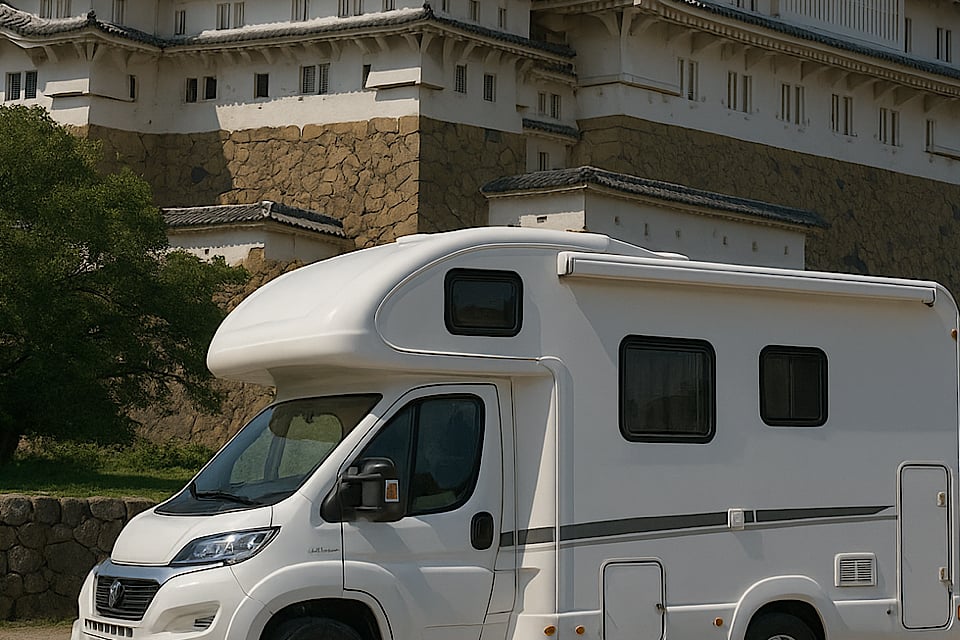
At Shimabara Castle in Nagasaki Prefecture, you can enjoy the unique experience of “castle camping,” Japan’s first opportunity to stay overnight in a car at a castle. Shimabara Castle has a parking lot within the main enclosure, where you can stay overnight in a passenger car or a camper van. Camper vans are also available for rent, making it easy and safe even for beginners to participate.
The accommodation spot offers an excellent location with a close view of the main keep, and the illuminated keep at night is especially spectacular.
Additionally, on weekends and holidays, there is a special event called the “Shimabara Castle Night Patrol,” where visitors explore the main keep at night using flashlights. This experience is popular not only among history enthusiasts but also families, with many saying it’s a “fresh experience” and that “children love it.” The fees are reasonable, making it a new and attractive way to enjoy Shimabara tourism.
Address: 1-1183-1 Jonouchi, Shimabara-shi, Nagasaki
Access: Train: 10 min. walk from Shimabara Station on Shimabara Railway
Car: 70 min. from Isahaya IC on Nagasaki Expressway
Fees: ・RV Park smart (overnight space with 100V power supply) 4,000 yen (tax included)
・Carstay (overnight space without 100V power supply) 3,000 yen (tax included)
・Shimabara Castle Trailer Overnight Experience (capacity for 2 people) 8,800 yen per room (tax included)
・Shimabara Castle Camper Overnight Experience (capacity for 2 people) Shimabara Castle campervan sleepover experience (Max. 2 people) 11,000 yen per room (tax included)
Available for overnight stay: 15:00 – 12:00 the next day
* Available every day/advance reservation by the day before is required.
Reservation method:official website
#3 Marugame Castle Experience (Kagawa Prefecture)
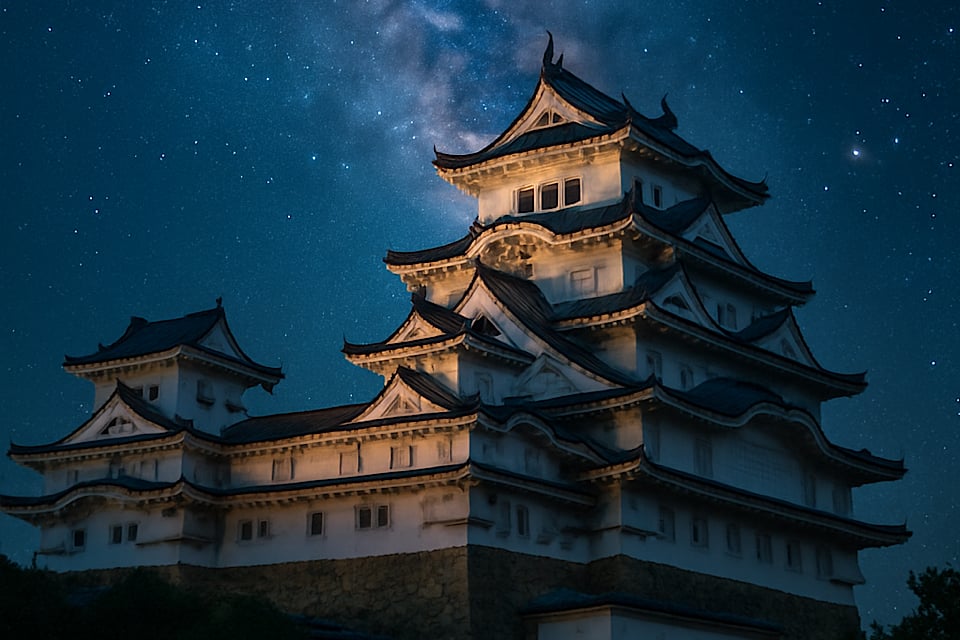
In Marugame City, Kagawa Prefecture, the renowned Marugame Castle launched the “Marugame Castle Experience” in July 2024, offering a luxurious stay where guests can rent the entire castle. The experience begins with a welcome by rickshaw, followed by a taiko drum greeting, and includes exclusive access to the castle keep at night, creating a truly special atmosphere.
Guests stay at the Enjukaku Annex, historically linked to the Kyogoku family, where they can relax in a spacious residence adorned with traditional architecture and local crafts.
The next morning features breakfast at Nakatsu Banshoen Garden, along with cultural activities such as fan-making and sencha tea ceremony. Optional activities include cruises and Japanese confectionery making, offering a unique experience filled with history, culture, and luxury.
Address: Ichibancho, Marugame-shi, Kagawa
Access: Train: Approx. 15 min. walk from JR Marugame Station Car: Approx. 15 min. from Takamatsu Expressway Sakaide IC or Zentsuji IC
Capacity: 4 persons (including children) *Reservations are accepted from 2 adults.
Rates (1 night/2 days w/ 2 meals): – For 2 persons: 1 person ¥632,500 (tax included) – For 3 persons: 1 person ¥465,570 (tax included)
– For 4 persons: 1 person ¥382,520 (tax included)
*Regular stay (no meal) is ¥192,500 (tax included) *Elementary school students ¥66,000, pre-school children ¥44,000, Infants (under 3 years old) free of charge
Reservations and inquiries: official website
Enjoy the perfect blend of castles and hands-on activities to fully savor the charm of Japan!
Finally, we would like to introduce three recommended castle × hands-on activity plans curated by “Motenasu Japan.”
While enjoying the view of beautiful castles is wonderful, why not take the opportunity to also experience Japanese culture? Experiencing traditional Japanese culture against the backdrop of stunning castles will surely create unforgettable and special moments.
Having organized numerous cultural experiences for foreign visitors, Motenasu Japan has carefully selected hands-on activities that perfectly complement castles. Please take a look as a helpful reference for your journey.

We will also introduce activities you can experience at each castle spot, so please use this as a helpful reference.
Experience Example #1 Castle and Cruising
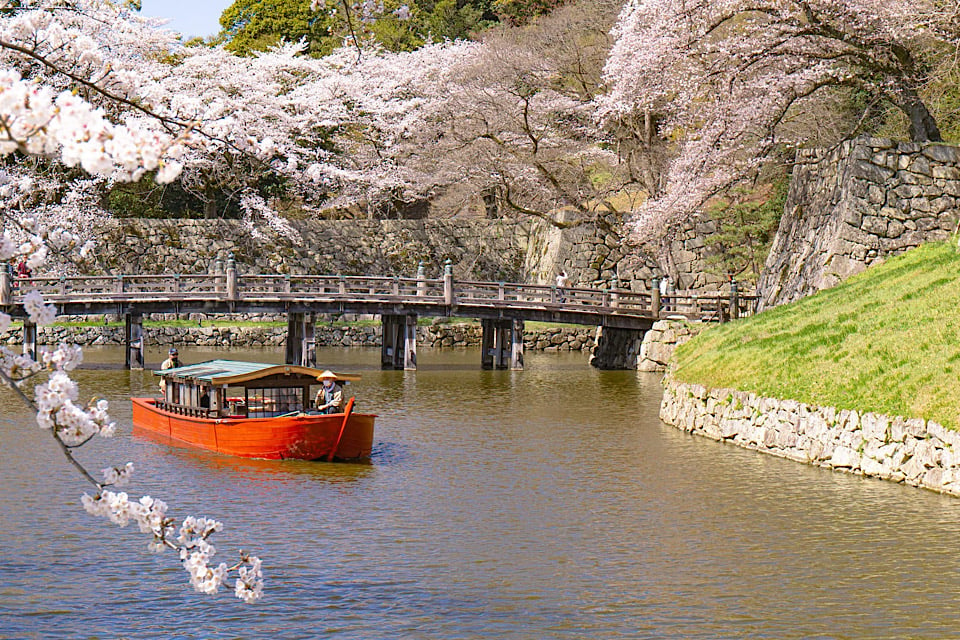
A private cruising boat or yakatabune offers a truly extraordinary view of the castle. Seeing the castle from the water provides a different kind of grandeur than from the land, full of a special, exclusive atmosphere.
It is perfect for special occasions such as anniversaries. Onboard, you can enjoy sake tastings and traditional Japanese cuisine, creating a moment to savor Japan with all your senses.
During cherry blossom or autumn foliage seasons, the harmonious blend of the castle scenery with flower viewing or autumn leaves hunting makes for an unforgettable experience.
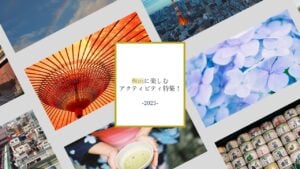
Experience Example #2 Castle and Samurai Experience
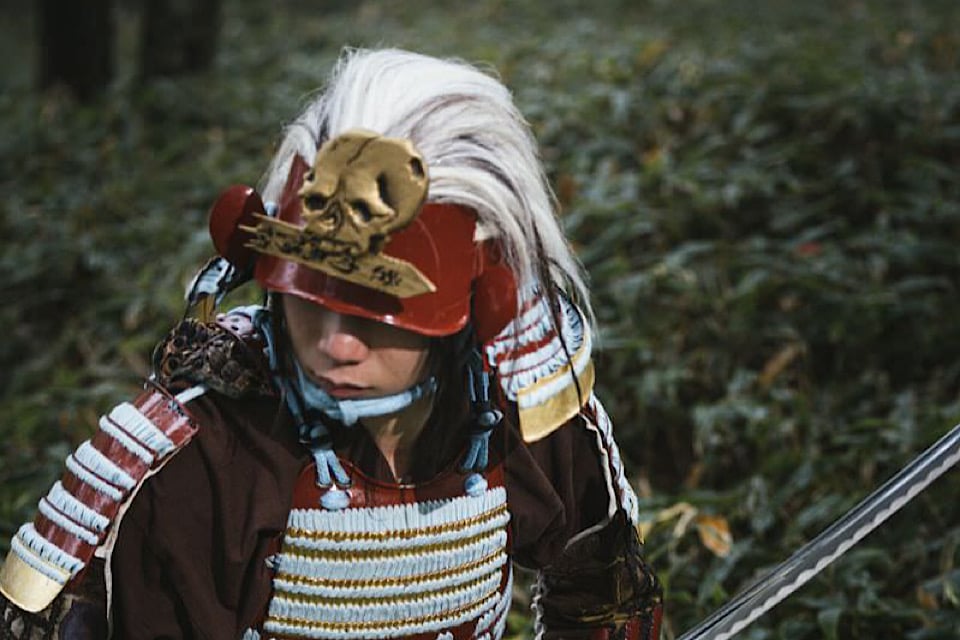
Would you like to experience a special samurai or ninja adventure just for you? These activities, set against the backdrop of a castle, feel like stepping into a historical drama. You can dress in authentic armor or ninja costumes and take photos, as well as learn sword handling and ninja techniques.
The instructors are professional performers and martial arts experts, ensuring a safe, enjoyable, and authentic experience. This activity captivates participants of all ages, naturally deepening interest in history. After the experience, you will receive commemorative photos digitally, creating a unique souvenir that cannot be bought anywhere else.

Experience Example #3 Castle and Cultural Experience
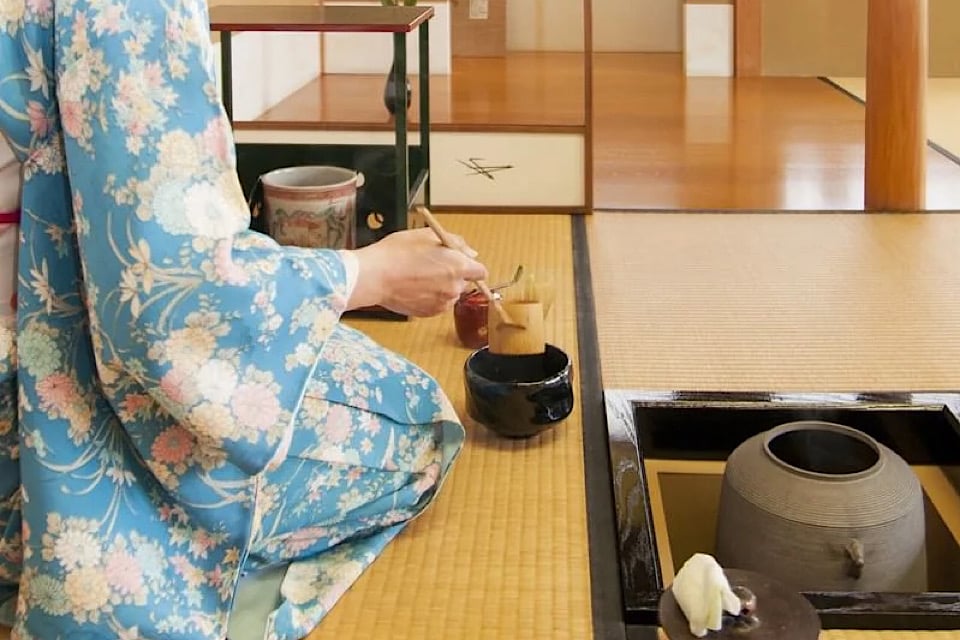
Don’t miss the opportunity to experience Japanese cultural activities near the castles. Activities such as tea ceremony, calligraphy, and kimono wearing allow you to truly “try” traditional Japanese culture, creating deeper and more lasting memories of your trip.
Especially recommended is the geisha experience. A real maiko (apprentice geisha) will perform traditional Japanese dance and shamisen music exclusively for you. You can also participate in traditional parlor games, all guided by the geisha, so even first-timers can enjoy with confidence.
These experiences are rare even for Japanese people themselves. This special plan is perfect for those who want to feel the “authentic Japan” firsthand.
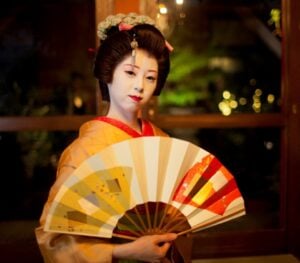
Which Castle Offers What? Quick Guide to Castle × Activity Experiences!
For those wondering, “Which castle offers what kind of activities?” or feeling “It’s a bit hard to research by myself…”, we have compiled a list of castles along with the activities you can experience at each. Please use this as a helpful guide when planning your trip.
| Castle x Cruising | Castle x Samurai Experience | Castle x Cultural Experience | |
| Matsumae Castle | × | period | × |
| Hirosaki Castle | period | × | × |
| Sendai Castle | × | period | period |
| Nihonmatsu Castle | × | period | period |
| Matsumoto Castle | period | period | period |
| Hikone Castle | period | period | period |
| Himeji Castle | period | period | period |
| Osaka Castle | period | period | × |
| Nijo Castle (Nijo Castle, Nijo Castle) | × | × | period |
| Shuri Castle (in Kyoto) | period | × | period |
Don’t give up! I am here to help you create those special experiences.
If you can’t find the activities you want near the castle you wish to visit, please don’t give up. Even if the castle itself doesn’t offer experiences, many nearby places provide opportunities to enjoy traditional Japanese culture.
If you find it difficult to make reservations or don’t know what kind of experiences are available, please feel free to consult Motenasu Japan. We will carefully assist you in finding the perfect activities just for you.
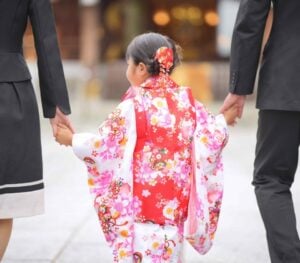

I will wholeheartedly assist you in creating the best memories.
Japanese castles are not just residences but also impressive fortresses. If you’re visiting Japan, we hope you create the best memories alongside these magnificent castles.
When you visit, please take the opportunity to learn about the castle’s history, how the fortress you see today was built over many years through the efforts of countless people, and also hear stories about the secret combat techniques and ingenious mechanisms developed by the Japanese. These stories will help you understand the depth of Japanese culture.
As introduced in this article, Motenasu Japan offers proposals that combine castle visits with traditional Japanese cultural experiences. We also provide interpreter arrangements and venue consultations.
If you want to offer your guests from abroad a unique and authentic Japanese cultural experience, please feel free to contact us.

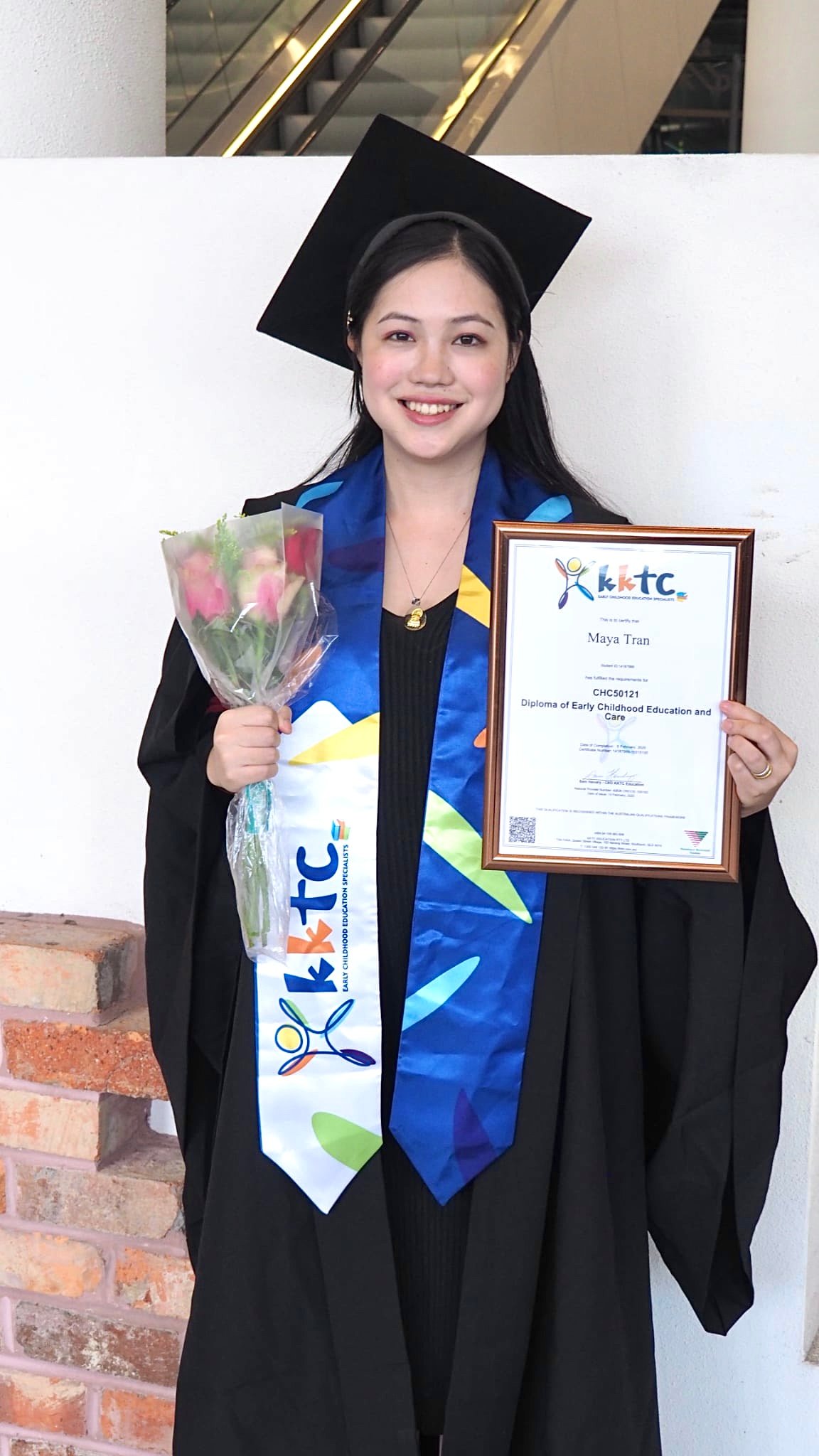
After graduating from Kansai University, I joined JTB as a new graduate and worked in the inbound tourism sector.
After getting married, I moved to Australia due to my husband’s work and obtained a diploma in early childhood education there.
I am currently working at a kindergarten while also working as a writer.





